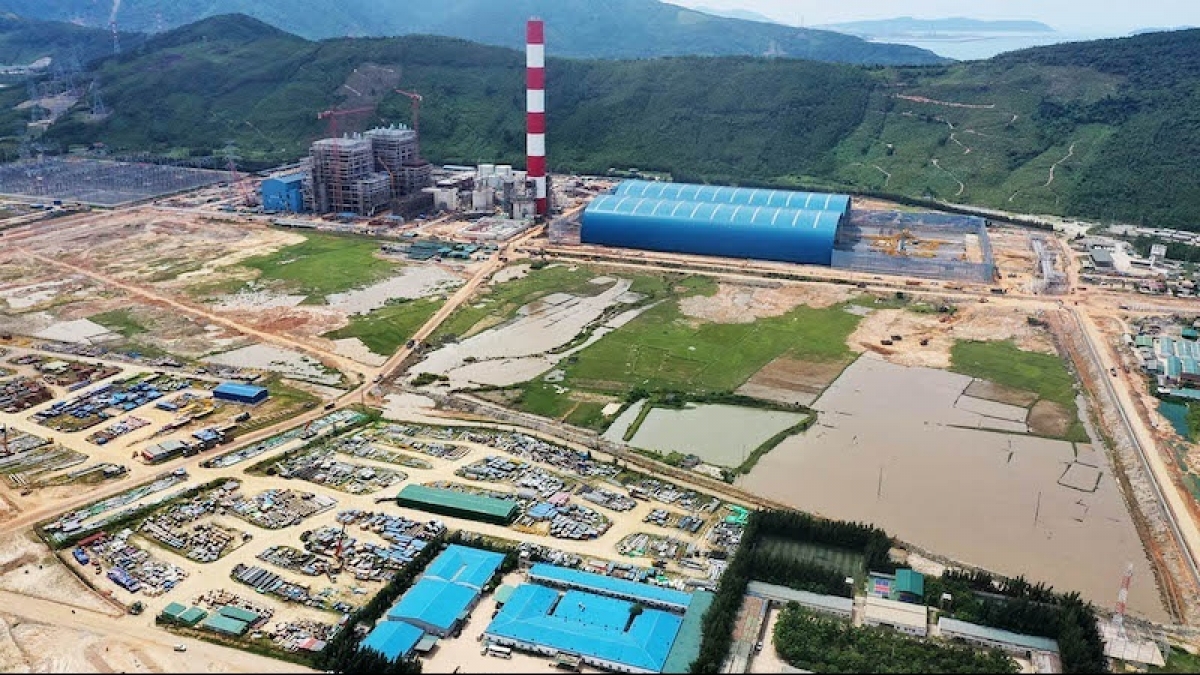INTERNATIONAL INVESTMENT
AND PORTAL
The National Statistics Office (NSO) last week reported that so far this year the domestic economy has hit the highest on-year growth since 2020. GDP in Q1 increased 6.93 per cent – far higher than the on-year rates of the 2020-2024 period.
The three key economic sectors witnessed positive growth, including agriculture (3.74 per cent); industry and construction (7.42 per cent); and services (7.7 per cent).
Especially, the country’s leading localities also followed suit, such as Ho Chi Minh City (7.51 per cent) and Hanoi (7.35 per cent). Nine localities recorded double-digit growth, such as Bac Giang, Hoa Binh, Nam Dinh, and Danang.
According to the NSO, production and business activities have shown good signals. In March, about 15,600 enterprises were newly established, up 54.2 per cent on-month and 3.4 per cent on-year.
In Q1, there were 72,900 businesses newly established and resuming operation, up 18.6 per cent. The total registered capital added into the economy reached $55.47 billion, which was 2.1 times higher than the same period last year.
“The domestic economy is bouncing back month after month and quarter after quarter,” said a government report last week. “Many international organisations and experts have continued to highly value the Vietnamese economy’s outcomes and prospects, especially in the context of global economic difficulties.”
The World Bank recently projected that Vietnam’s economy will grow 6.8 per cent this year, while the United Nations predicted a rate of 6.6 per cent, the highest in Southeast Asia, the report pointed out.
The Asian Development Bank (ADB) last week forecasted that Vietnam’s economy will grow 6.6 per cent this year. “Strong trade, a recovery in export manufacturing, and robust foreign direct investment fuelled Vietnam’s economic growth in 2024”, said ADB country director for Vietnam Shantanu Chakraborty. “However, recent US announcements on tariffs, along with other continued global uncertainties, could pose significant challenges to the country’s growth this year.”
According to the ADB, the evolving global economic environment, significantly affected by recent tariff-related announcements by the US and geopolitical tensions, is posing significant challenges for economies dependent on export-driven manufacturing. External uncertainties - such as tariff escalations, reciprocal measures, the prolonged war in Ukraine, and ongoing instability in the Middle East - could constrain near- to medium-term global economic growth. Moreover, a slowdown in the US and China, Vietnam’s major trading partners, could further affect economic prospects.
“The Vietnamese government has initiated an ambitious plan to boost growth, which can help mitigate the significant external risks,” Chakraborty added. “Higher and sustainable economic growth is possible if ongoing, extensive institutional reforms are implemented swiftly and efficiently. Such reforms would stimulate domestic demand, increase governance efficiency in the near term, and consequently promote private sector development over the medium and long term.”
The US is now Vietnam’s largest import market, with total turnover of $119.5 billion in 2024 and $31.4 billion in Q1 of 2025.
US President Donald Trump last week abruptly backed down in his global trade war with a 90 day pause for most countries including Vietnam, at flat rate of 10 per cent. China is now suffering the brunt of the policy, with neither side backing down and the US now charging 125 per cent on Chinese imports.
Prime Minister Pham Minh Chinh said that although the economic growth target of 8 per cent upward this year will be difficult to reach, the government will not change it. “It is a demand from the prime minister,” said Deputy Minister of Finance Do Thanh Trung at last week’s government-led press conference on Vietnam’s Q1 performance.
The Ministry of Finance (MoF) has formulated a new scenario for economic growth for each sector, and detailed growth goals have been allocated to localities.
Under the scenario, for the economy to grow 8 per cent or more, the average growth rate for the remaining nine months must be 8.3 per cent, with 8.2 per cent for Q2, 8.3 per cent for Q3, and 8.4 per cent for Q4. This scenario is 0.27 per cent higher than the initial scenario set in late 2024.
“The new scenario is quite challenging, but we think it can be achieved,” Deputy Minister Trung said, referring to the strongly recovering manufacturing and processing industry, which grew 9.5 per cent in Q1, and it is forecasted to climb about 10.1 per cent in Q2.
Under the results from the NSO’s business performance of manufacturing and processing enterprises in Q1 of 2025, only 24.1 per cent of those assessing that their production and business activities were better than in Q4 of 2024. However, in Q2 of 2025, the rate is 45.8 per cent as compared to Q1 of 2025.
“The MoF is carrying out many solutions, including working directly with big investors to materialise projects. It is targeted that the total registered foreign investment of about $38-40 billion will be attracted, and the disbursed sum will be $27-28 billion this year,” Trung said.
To ensure the desired growth, the Vietnamese government will continue its administrative reform, with efforts to reduce by at least 30 per cent of processing time for procedures, and also the same rate for business costs. Moreover, at least 30 per cent of business conditions will be removed altogether, and no admin procedures will be subject to provincial-level boundaries.
While having assigned the Ministry of Construction to accelerate projects, and ensure the completion of 3,000km of expressways in 2025, the government has also ordered the central bank to harmonise the monetary and fiscal policies in a flexible, active, and timely manner, with a credit growth rate of 16 per cent this year. Credits must be focused on prioritised sectors and key growth impetuses including public investment, exports, and consumption.
PM Chinh stated that exports are a key growth driver that must be promoted, but it is not the only one. “The United States is the largest export market, but not the only market. We place economic and trade relations with the United States in the overall economic and trade relations of Vietnam with other countries, especially those that have signed free trade agreements with Vietnam and other international treaties, in the spirit of preceding national interests first and foremost, based on harmonised benefits and shared risks with partners,” he added.
Dorsati Madani, senior economist World Bank in Vietnam
Given Vietnam’s promising economic prospects, opportunities for private investors are plentiful. As the nation seeks to achieve sustainable growth and high-income status, it needs to continue promoting structural reforms in education and business environment to enhance labour productivity and competitiveness of the domestic economy, and vertical upgrading into high value-added activities in the manufacturing and services sectors.
Reducing the carbon intensity of Vietnamese production is also important to support the competitiveness of the private sector.
The private sector is certainly a key contributor to economic growth in Vietnam. Vietnam’s economic success story is largely due to its export-driven growth fuelled by private sector firms, especially foreign-invested enterprises.
Total exports registered over 90 per cent of GDP in 2024. Foreign-led groups have consistently invested about $20-25 billion a year over the past decade and created millions of jobs, with employment in exports constituting 54 per cent of total employment.
Domestically, private investment has been a main driver of growth, and in 2024 contributed 62 per cent of the growth in total investments (7.2 per cent), but remains below pre-pandemic contribution of 80 per cent.
To promote private sector development, several complementary policy options could be considered. Firstly, it is necessary to continue strengthening the business environment by easing administrative burden and facilitating access to finance for productive small- and medium-sized enterprises.
Secondly, it is necessary to strengthen links and productivity spillovers between export firms and the rest of the economy. Thirdly, Vietnam should upskill the workforce to boost labour productivity growth.
The fourth factor is to build on recent reforms, as the authorities could take additional steps to further strengthen financial sector stability. In particular, the authorities could encourage banks to improve their capital adequacy ratios and strengthen the institutional framework for prudential supervision and early interventions.
Given Vietnam’s macroeconomic stability, its trade openness, its established trade relationship with major markets such as the United States, the EU, ASEAN, and China, and its continued efforts to forge stronger relationships with important developing economies, we expect that Vietnam will remain an attractive destination for further investing inflows into the medium term.



















